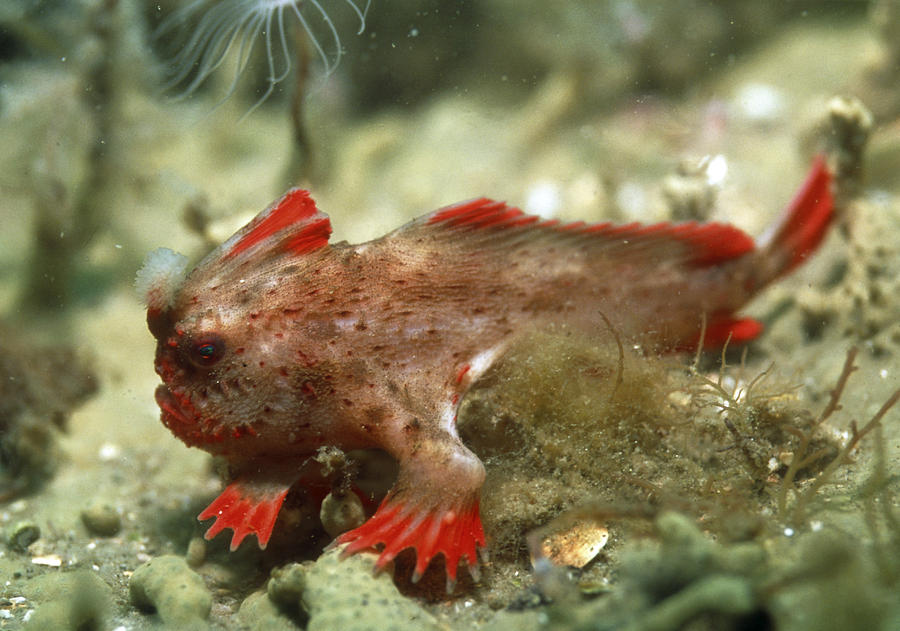
Population boost for rare red hand fish in Tasmania
A fish that can walk is essentially nothing less than a miraculous discovery. The rare breed of fish known as ‘Red Hand’ was first discovered around the 1800s era near Port Arthur showing a declining population. However, Tasmania based divers have recently discovered another population of the species which sparks for the possibility of a breeding program that might increase the possibility of survival for this rare species of fish.
The Thymichthys politus, better known as red handfish, is renowned for its unique ability to walk on the sea or ocean floor with the use of their fins that are modified to walk. Earlier it was believed that this variety of fish was restricted to the reef near Frederick Henry Bay which is located in the southeastern periphery of Tasmania. After a survey conducted recently, the scientist estimated the overall population in the reef to be about 20 to 40 on an average.
However, another small yet substantial population of this fish was located in a different colony which also consisted of about 20 to 40 such individual Redhand fish. This doubled the total amount of this rare species present in the area. The newly discovered colony was spread over a radius that covered about 20 meters. The researchers haven’t disclosed the exact location of the fish in order to initiate a conservation plan as soon as possible.
After an anonymous tip was acquired by the divers belonging to the Institute of Marine and Antarctic Studies, the team launched a mission to search for this rare species. The team searched the ocean floor for two days and as they were finally about to give up, they saw the hidden fish under algae. Following that, divers found another seven under seaweeds.
The fish were hard to locate because of their lethargic nature. Rick Stuart-Smith, IMAS scientist explained that the fish could only be found after you look under every little piece of seaweed. Researchers also confirmed that the new colony isn’t similar to the first one which means these fishes aren’t dependent on any particular local condition to survive. The discovery of this rare species shall help in the captive breeding which shall bring back the original population of the fish and thus saving yet another species from going extinct.


